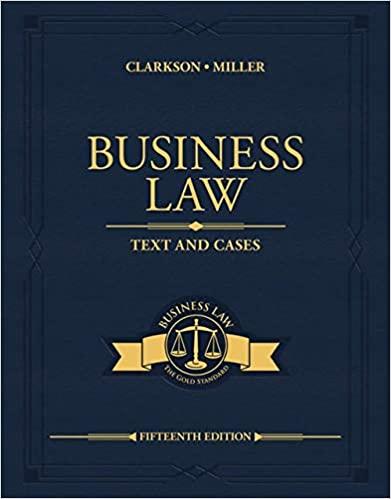Knox Creek Coal Corporation operates coal mines in West Virginia. The U.S. Department of Labor charged Knoxs
Question:
Knox Creek Coal Corporation operates coal mines in West Virginia. The U.S. Department of Labor charged Knox’s Tiller No. 1 Mine with “significant and substantial” (S&S) violations of the Federal Mine Safety and Health Act. According to the charges, inadequately sealed enclosures of electrical equipment in the mine created the potential for an explosion. The Mine Act designates a violation as S&S when it “could significantly and substantially contribute to the cause and effect of a coal or other mine safety or health hazard.” Challenging the S&S determination, Knox filed a suit against the secretary of labor. The secretary argued that “could” means “merely possible”—if there is a violation, the existence of a hazard is assumed. This position was consistent with agency and judicial precedent and the Mine Act’s history and purpose. Knox argued that “could” requires proof of the likelihood of a hazard. When does a court defer to an agency’s interpretation of law? Do those circumstances exist in this case? Discuss. [Knox Creek Coal Corp. v. Secretary of Labor, 811 F.3d 148 (4th Cir. 2016)] (See Judicial Deference to Agency Decisions.)
Step by Step Answer:

Business Law Text And Cases
ISBN: 9780357129630
15th Edition
Authors: Kenneth W. Clarkson, Roger LeRoy Miller





